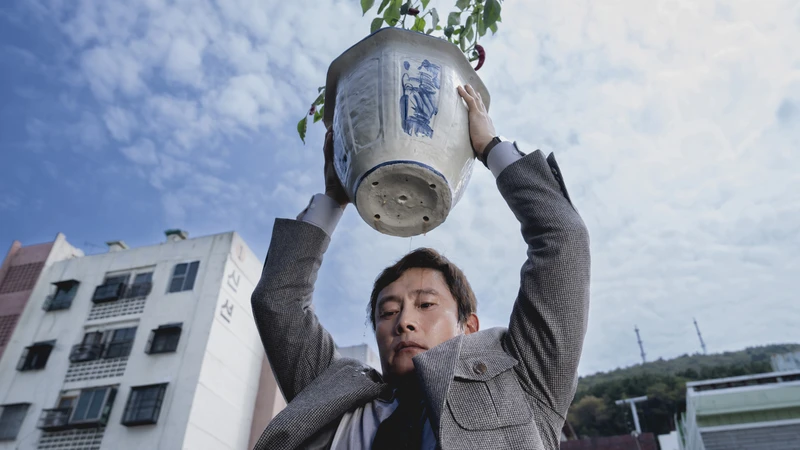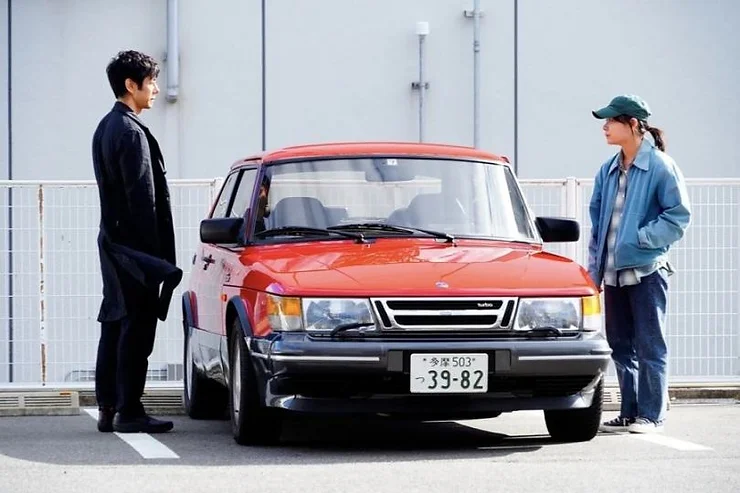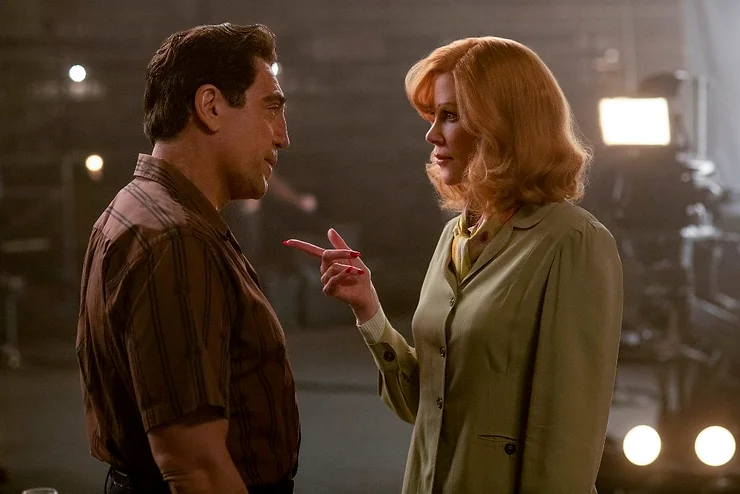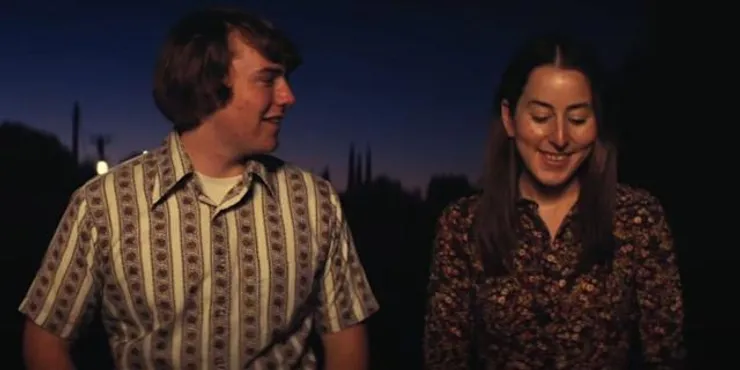No Other Choice (South Korea, 2025)
Original title: Eojjeolsugaeopda (어쩔수가없다)
Director: Park Chan-wook
Screenplay: Park Chan-wook, Lee Kyoung-mi, and Jahye Lee, based on the book by Don McKellar
Main cast: Lee Byung-hun, Son Ye-jin, Park Hee-soon, Lee Sung-min, Yeom Hye-ran, and Cha Seung-won
Running time: 139 minutes
If the film It Was Just an Accident, shown at the same festival, raised a discussion about morality within an authoritarian state, No Other Choice creates something similar, but based on the ethics of capitalism.

Park Chan-wook is already known for his revenge films, such as Oldboy (2003) and The Handmaiden (2016), and since 2009 he had been talking about adapting Donald Westlake’s book The Ax, which had already been adapted by Costa-Gavras, titled The Ax (Le couperet, 2005). Following the book’s premise, the film follows a man who has worked for a long time in the paper industry, Man-soo (Lee Byung-hun), who suddenly finds himself unemployed. With very few positions available for his level of expertise, and increasingly incapable of working under South Korea’s ruthless capitalism, he resorts to unorthodox methods to fend off his competition.
For those familiar with the director’s career, the first scene may seem strange. We see a family in a beautiful home enjoying a meal together, with a loving husband and wife, talented children who are only minimally present, and two golden retrievers — all bathed in the light of early sunset and petals falling from trees. It’s truly fascinating to see how such an experienced director, with such a clear command of cinematic language, constructs this image that’s completely opposite to what one might normally expect from him.
This helps create the perfect atmosphere to understand that everything that follows will be a major deconstruction of this imaginary. Each of these characters will have their own conflicts and dilemmas, with everything beginning when Man-soo, who has worked for the same company for years, is fired due to an automation system using artificial intelligence. In a country and in a situation where having money is highly relevant to sustaining the existing standard of living, this appears in the narrative as the realization of the family’s worst nightmares.
Scenes of chaos and despair begin, starkly contrasting with the balanced perfection presented in the opening scene. We are introduced to this world of high-level competition, of therapy to understand the situation, of reintegration into a place full of adversity. And little by little, we witness our protagonist’s life change until he realizes that the best option is to eliminate his competition.
But unlike other works by the same director, it’s also interesting to note how he develops a bumbling killer. Unlike other characters in his filmography, Man-soo is neither trained to kill nor has a real reason to do so. On the contrary, despite his constant insistence that it’s his only choice, it has much more to do with his insecurities and a structural machismo that places him in this role of provider. Thus, despite the director’s typical elaborate filmmaking, he purposefully presents the violent scenes in a more comical way — confirming this notion of the ordinary person deciding to kill.
As always, the use of cinematography is essential to the smooth functioning of this long film. Between unexpected angles, elaborate camera movements, and collaborative editing to create particularly well-thought-out scene transitions, this hallmark of his cinema also carries a touch of irony. This is because the main character has several conversations about his attachment to the role, and the director is clearly someone who embraced digital cinema at the first opportunity.
If there’s anything negative to be said about the film, it’s that it ends up being somewhat lengthy and that it creates many secondary narratives that aren’t fully utilized. It’s clear that there’s an effort to create depth for each member of the family, reflecting how much this father’s life impacts them. While the intention is good, there are many elements that feel a bit lost or simply forgotten throughout the film.
Still, the experience is much more entertaining than one might initially imagine. While we’re on the edge of our seats at various points throughout the film, this is compensated for with a good dose of fun and irony. A reflection on worker exploitation and the impacts of AI on employability worldwide are still with us at the end of the session.





